Meet Clyde Barrow, a real-life outlaw who shook the nation in the 1930s. His daring crimes and tragic end made him a legend, painted both as a heartless criminal and a sympathetic rebel. This article takes a closer look at the man behind the myth, uncovering the truth about his life, crimes, and the lasting impact he left on American history and culture.
From Poverty to Outlaw: The Making of Clyde Barrow
Clyde Chestnut Barrow’s story began in 1909, amidst a time of great economic uncertainty. Growing up in poverty likely left an indelible mark on him, shaping his worldview and perhaps influencing his early choices. It’s not difficult to imagine a young Clyde, witnessing firsthand the struggles of families during the Depression, developing a sense of resentment towards a system that seemed to favor the wealthy.
His descent into a life of crime began with petty offenses, but his trajectory shifted in 1930 when he was imprisoned. Far from rehabilitating him, prison may have hardened Clyde, solidifying his distrust of authority and his willingness to operate outside the law.
A Fateful Encounter: Bonnie Parker and the Birth of a Legend
Upon his release from prison, Clyde’s life took a dramatic turn when he met Bonnie Parker. Their connection, often romanticized, was undoubtedly intense, fueled by shared ambition, a disdain for authority, and a yearning for a different life. Bonnie, with her own rebellious spirit, was far from a passive accomplice; she became an active participant in their escalating crime spree.
Together, they embarked on a series of robberies, kidnappings, and murders that captivated the nation. Newspapers, hungry for sensational stories, seized upon their exploits, often portraying Bonnie and Clyde as modern-day Robin Hoods. This romanticized image, however, concealed the reality of their increasingly violent actions.
The End of the Road: A Legacy Forged in Violence
Their reign of terror came to an abrupt end in 1934 when law enforcement caught up with them. The couple’s dramatic demise, cut down in a hail of bullets, did little to quell the public’s fascination with their story.
In the aftermath, people grappled with the complexities of their legacy. What drove a young man to such a life? Was it solely poverty and circumstance, or were there deeper psychological factors at play? While we can analyze the social and economic conditions of the time, we can never fully know what motivated Clyde Barrow.
The Bonnie and Clyde Car: A Macabre Relic
Whispered among those captivated by the Bonnie and Clyde saga is a chilling question: does their death car still hold traces of their blood? The answer, much like the couple’s story, is complex and layered in intrigue.
Imagine this: May 1934. Bonnie and Clyde, on the run after a spree of robberies and violence, meet a gruesome end in a hail of bullets fired by lawmen. Their getaway car, a 1934 Ford Model 730 Deluxe Sedan, instantly transformed into a macabre monument, riddled with 112 bullet holes and bearing witness to their final moments.
Witnesses described the car’s interior as being drenched in blood – a stark reminder of the violence that ended the couple’s reign. Over time, the car changed hands, becoming a morbid attraction displayed at carnivals and casinos. Yet, the question persists: could any trace of Bonnie and Clyde’s blood still stain the car’s worn interior?
The passage of time and exposure to the elements may have faded any bloodstains within the car itself. However, the presence of a particularly eerie artifact preserved within the vehicle suggests their existence. A shirt, believed to be stained with Clyde Barrow’s blood and authenticated by his own sister, serves as a tangible link to that fateful day.
Today, the Bonnie and Clyde death car is on display at Whiskey Pete’s Casino in Primm, Nevada. Standing before this bullet-riddled vehicle, one can’t help but feel the weight of the couple’s story. The car, a silent witness to their violent end, continues to draw crowds, captivated by the legend of Bonnie and Clyde.
Who Lies Beside the Outlaw: Unraveling Clyde Barrow’s Burial
Contrary to popular belief, Clyde Barrow is not buried beside his partner-in-crime, Bonnie Parker. Instead, he rests beside his older brother, Marvin “Buck” Barrow, in Western Heights Cemetery in Dallas, Texas. Buck, a key member of the infamous Barrow gang, met a similarly tragic end in a 1933 shootout with police.
Bonnie Parker, on the other hand, is laid to rest across town at Crown Hill Memorial Park. This separation wasn’t a matter of chance; Bonnie’s mother, blaming Clyde for her daughter’s life of crime, refused to allow them to be buried together. Even in death, she sought to separate them, believing Clyde had led Bonnie astray.
Adding to the intrigue, an empty plot remains next to Clyde’s grave. Originally intended for Bonnie, it serves as a silent testament to a love story cut tragically short. Today, some of Bonnie and Clyde’s descendants are pushing to have Bonnie’s remains moved to lie beside Clyde’s. They believe the notorious duo should be together, their love story transcending even death. This ongoing debate highlights the enduring fascination with their relationship and the complexities of their legacy.
Did Bonnie and Clyde Really Love Each Other?
The nature of Bonnie and Clyde’s relationship remains a subject of much debate. Was it a love story for the ages, fueled by genuine affection, or a convenient partnership forged in shared ambition and criminal intent? The truth, like most things about Bonnie and Clyde, is likely far more complicated.
On the surface, their connection appears undeniably intense. Bonnie, a young woman seemingly yearning for a life less ordinary, found escape and a sense of belonging alongside Clyde. Her poetry, particularly “The Story of Suicide Sal,” suggests a deep emotional attachment and a willingness to follow him to the very end.
However, Clyde’s capacity for violence casts a long shadow over their romance. Could Bonnie, who initially abhorred such brutality, truly love a man capable of such acts? Or was she, perhaps, swept up in the excitement and notoriety of their lifestyle, her judgment clouded by the circumstances?
Further complicating the narrative is the fact that Bonnie, though separated from her husband, Roy Thornton, never legally divorced. She even wore his wedding ring and had a tattoo dedicated to him when she died. This detail challenges the notion of Clyde as the sole love of her life.
Ultimately, the true nature of their bond remains elusive. Was it love, obsession, a shared will to survive, or a toxic mix of all three? Their story, forever intertwined with violence and desperation, continues to fascinate, leaving us to ponder the complexities of love and ambition in the face of extraordinary circumstances.
Did Bonnie and Clyde Have a Child?
The question of whether Bonnie and Clyde ever had children has fueled speculation for decades. Their captivating story, combined with a public fascination with outlaw couples, has led to numerous rumors and claims of secret offspring. Despite decades of speculation, however, there is no credible evidence to suggest Bonnie and Clyde ever had a child.
Their lifestyle, marked by constant movement, hiding from authorities, and frequent shootouts, would have made raising a child incredibly difficult and dangerous. Additionally, Bonnie suffered severe injuries from a car accident in 1933, which likely would have complicated any potential pregnancy.
Furthermore, Bonnie’s personal writings, particularly her poetry, which offer a glimpse into her thoughts and feelings, make no mention of a child. While absence of evidence isn’t always evidence of absence, in this case, given their circumstances and the lack of any historical documentation, it seems highly improbable that Bonnie and Clyde ever had children.
The persistence of this rumor likely stems from our tendency to romanticize outlaw couples, projecting our own societal fascinations onto their narrative. While their story continues to captivate, it’s essential to separate fact from fiction, acknowledging the historical realities while appreciating the enduring allure of the Bonnie and Clyde legend.
- Unveiling Bernhard Caesar Einstein’s Scientific Achievements: A Legacy in Engineering - July 15, 2025
- Uncover who is Jerry McSorley: CEO, Family Man, Business Success Story - July 15, 2025
- Discover Bernhard Caesar Einstein’s Scientific Contributions: Unveiling a Legacy Beyond Einstein - July 15, 2025
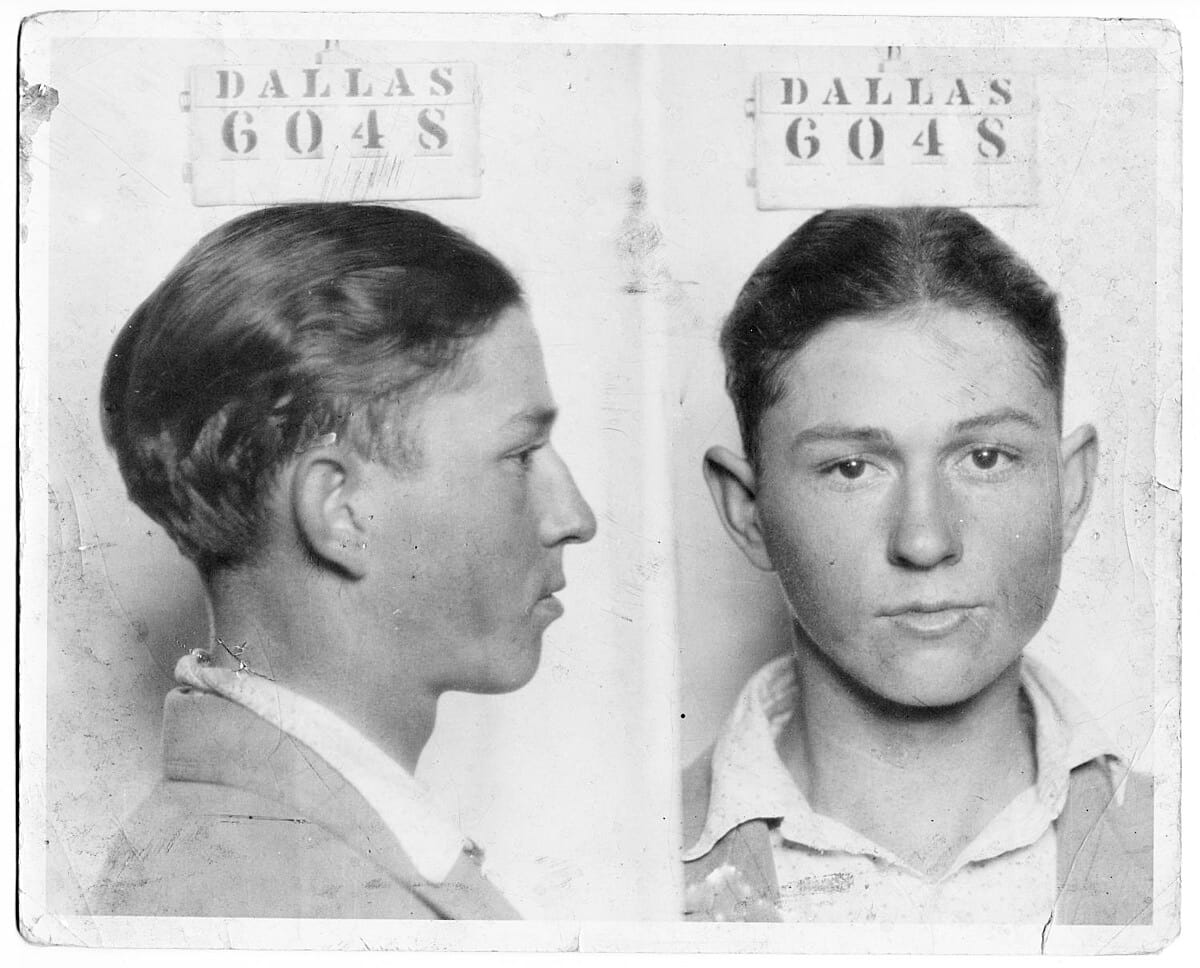

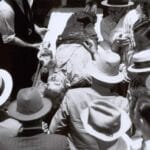

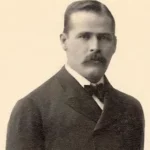
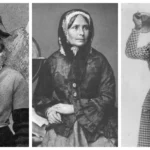
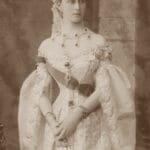









1 thought on “Clyde Barrow: Unmasking the Outlaw and His Enduring Legacy”
Comments are closed.